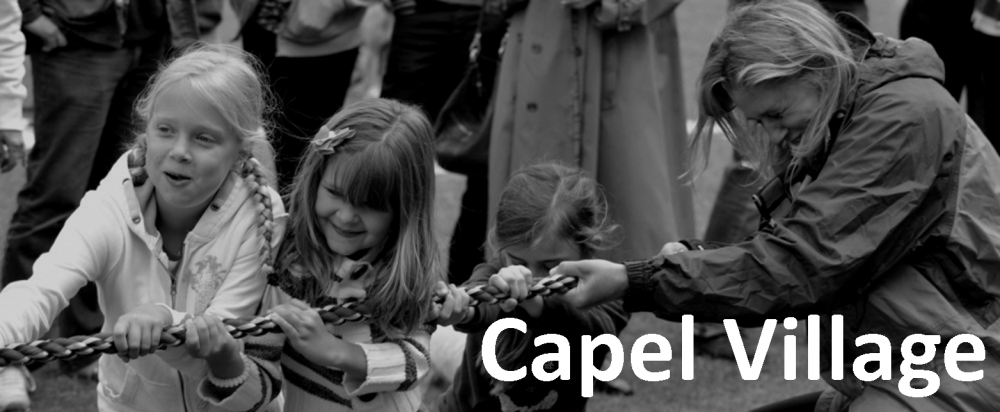GATWICK CO-ORDINATION GROUP
To: Parish Council’s in Surrey, Sussex and Kent.
You will be aware from the Press Statement on the 11th June, 2014 that Surrey/Sussex and Kent have formed the Gatwick Co-ordination Group established to represent the serious local concern and objections to the plan for a second runway at Gatwick Airport, which was short-listed by the Davies Commission.
On the 28th July, 2014 Crispin Blunt, who is the Chairman of the Group, wrote to the Leaders of the Local Authorities impacted by the second runway proposal. A copy of his letter is attached together with the Plan which demonstrates the potential impact brought about by the provision of in Gatwick Airport’s estimation of 122,000 new jobs.
Brendon Sewell, Chairman of GACC and I were invited on to the Group with the specific aim of representing the GACC Members and Parish Councils interests.
I am now writing to you inviting you to confirm your support as Parish Council’s for the opposition to the second Gatwick Runway.
It is clear that the proposed expansion will have a severe and irretrievable impact upon the communities affected and their environment.
Looking at the housing figures alone for the Plan Period up to 2026, and even looking at the strategic housing projections for a period beyond, if regard is had to the 122,000 projected employees who will be attracted to employment at Gatwick, there is no prospect of housing numbers being achieved without severely compromising the Green Belt and the countryside. It is estimated the number of dwellings based upon recognised occupancy figures would be in the order of 52,000 dwellings requiring a land take in excess of 4,000 acres or over 1850+ hectares.
By way of example, in Mole Valley District alone 3,700 houses are required up to 2026, of which at least 1,000 will come from locations in the Green Belt.
If you multiply that figure upwards to all of the other authorities, even by assuming that some of the intended Gatwick employees already live within the area, the housing requirements will have a dramatic impact upon the countryside. In simple terms what is required cannot be absorbed. The developments will also require community infrastructure including schools and healthcare provision.
While the Local Economic Partnership (LEP) may seek to influence the matter, given its role, even taking into the South East Plan figures (the SEP is no longer in place but its figures are being taken into account as it covers all areas) the Gatwick impact on housing numbers in the region is one we need to focus on.
With the inward/migration of a population, plus highways impact on both the strategic road network and the rural network in planning and environment terms the effect will only be one of harm and devastation which must be resisted.
It is also important to bring into focus the prospect of open space loss.
From the Report ‘Public Parks (HLFT 2014)’ it has been evidenced that 45% of Local Authorities are considering either selling parks and/or green spaces, as well as compromising the Green Belt and the countryside in determining applications to meet the housing need.
With the estimated 34 million users of parks and open spaces the loss would be unacceptable. The South East must not become Brownfield, its character must remain rural and green.
Traffic impact will also harm areas such as the South Downs National Park and the whole of the North Downs AONB from Guildford in the west to Sevenoaks in the east.
With the high population level in areas just beyond Greater London depending upon the protection of the open spaces and areas in the countryside, amenity is crucial and should form a strong influence as you object to the Gatwick proposal.
In comparison the loss of such areas close to Heathrow (if it is expanded), would not have the same adverse impact. London’s housing provision, its transport network, including Cross Rail and road transport networks is more able to cope with expansion without that level of environmental impact.
A recent Government Report indicated that Brownfield sites in London are to be prioritised for housing.
The kickback for the local areas beyond the London Boroughs southwards is that from experience we know they will require the benefit of open spaces in Surrey, Kent and beyond.
It is crucial therefore that you agree to support the objections to the Gatwick Second Runway expansion both as individual Parish Council’s and in support of the Gatwick Co-ordination Group which will make representations on your behalf.
You should also lobby your local authority to resist the second runway expansion. Your elected County and District Councillors should represent your interests.
Having considered all of the issues identified by Crispin Blunt in his communication and those identified in this letter, the confirmation of your support is requested. It can be sent to me at pgarber@btinternet.com or direct to sherbrookez@parliament.uk
The Commission Consultation is due to commence on 22nd October, 2014 (until mid-January).
We look forward to receiving your confirmation at the earliest opportunity. on behalf of the Parish Council’s you represent.
Paul Garber/Capel Parish Council
Member Gatwick Co-ordination Group
22nd September, 2014




